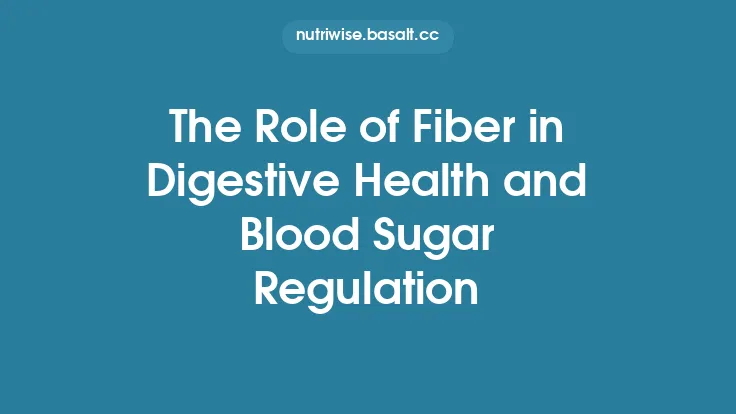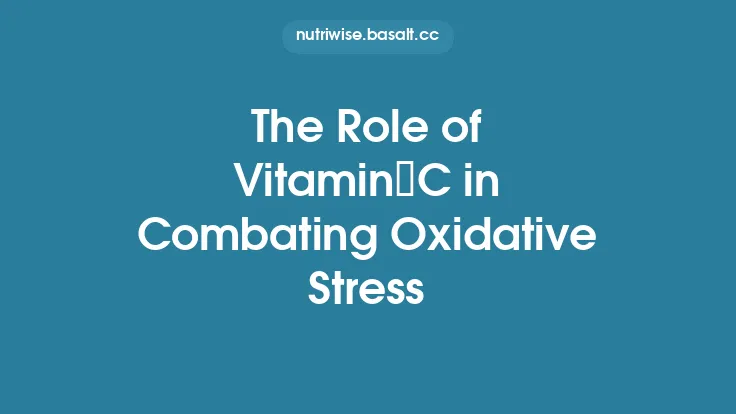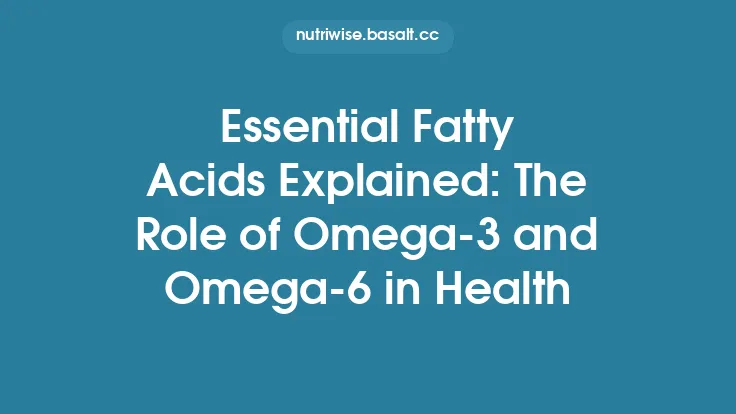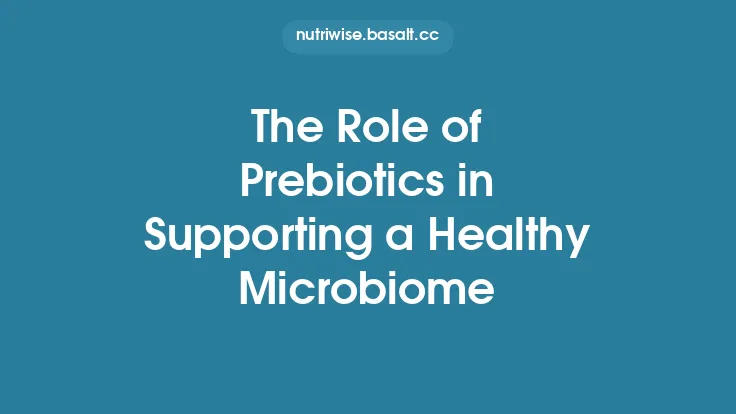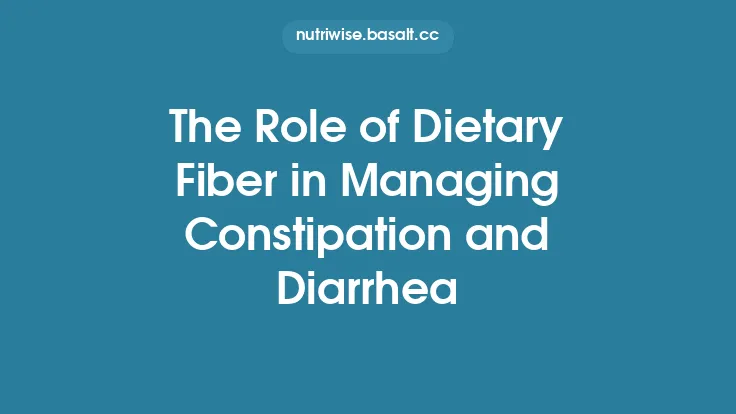Sugar is the most widely consumed carbohydrate worldwide, yet individuals differ dramatically in how their bodies process it. These differences are rooted in the DNA sequence that encodes the enzymes, transporters, and regulatory proteins governing glucose and fructose handling. As the field of nutrigenomics matures, researchers are uncovering specific genetic variants that shape not only the efficiency of sugar metabolism but also the subjective experience of sweetness. Understanding these variants opens the door to truly personalized sweetener recommendations—choices that align with a person’s metabolic capacity, taste perception, and long‑term health goals.
Genetic Architecture of Sugar Metabolism
The metabolic fate of dietary sugars is orchestrated by a network of genes that can be grouped into three functional categories:
- Transporters – Proteins that move glucose and fructose across cell membranes (e.g., *SLC2A family members such as SLC2A2 (GLUT2) and SLC2A5* (GLUT5)).
- Enzymes – Catalysts that convert sugars into downstream metabolites (e.g., *GCK (glucokinase), HK1–3 (hexokinases), KHK (ketohexokinase), ALDOB* (aldolase B)).
- Regulators – Transcription factors and signaling molecules that modulate the expression or activity of transporters and enzymes (e.g., *PPARGC1A, HNF1A, SREBF1*).
Each of these gene families harbors common single‑nucleotide polymorphisms (SNPs) and rarer copy‑number variations that can alter protein expression levels, kinetic properties, or cellular localization. The cumulative effect of these variants determines an individual’s “sugar‑metabolism genotype,” a concept that is increasingly being used to stratify risk for hyperglycemia, non‑alcoholic fatty liver disease (NAFLD), and other metabolic disorders.
Key Polymorphisms Influencing Glucose Utilization
| Gene | Variant (rsID) | Functional Consequence | Metabolic Impact |
|---|---|---|---|
| GCK | rs1799884 (−30G>A) | Reduced promoter activity → lower glucokinase expression in hepatocytes | Higher fasting glucose, blunted hepatic glucose uptake |
| SLC2A2 | rs5400 (Ala277Thr) | Alters GLUT2 transport efficiency in pancreatic β‑cells | Modifies insulin secretory response to oral glucose |
| HK1 | rs707226 (C>T) | Missense (Pro117Leu) → modestly decreased hexokinase activity | Slightly elevated post‑prandial glucose excursions |
| PPARGC1A | rs8192678 (Gly482Ser) | Impairs co‑activator function → reduced mitochondrial oxidative capacity | Slower glucose oxidation, higher reliance on anaerobic glycolysis |
These variants are among the most reproducibly associated with measurable changes in glucose handling in large cohort studies (e.g., the UK Biobank, the Framingham Heart Study). Importantly, the effect sizes are modest on an individual basis but become clinically relevant when multiple risk alleles co‑occur.
Variants in Fructose Metabolism Pathways
Fructose, a major component of many sweeteners, follows a distinct metabolic route that bypasses the regulatory step of phosphofructokinase. Genetic variation in the fructolysis pathway can therefore dictate susceptibility to fructose‑induced lipogenesis.
| Gene | Variant (rsID) | Functional Consequence | Metabolic Impact |
|---|---|---|---|
| KHK | rs2304682 (C>T) | Promoter variant → increased ketohexokinase expression in liver | Accelerated fructose phosphorylation, higher hepatic de novo lipogenesis |
| ALDOB | rs1054899 (G>A) | Missense (Gly150Asp) → reduced aldolase B activity | Accumulation of fructose‑1‑phosphate, risk of fructose intolerance symptoms |
| SLC2A5 | rs1014760 (G>A) | Alters GLUT5 affinity for fructose in enterocytes | Modifies intestinal fructose absorption rate, influencing post‑prandial spikes |
Individuals carrying the high‑activity *KHK allele may experience a more rapid conversion of fructose to triglyceride precursors, making them more vulnerable to NAFLD when consuming fructose‑rich sweeteners. Conversely, carriers of loss‑of‑function ALDOB* variants may experience gastrointestinal discomfort after high fructose intake, prompting a need for alternative sweetening strategies.
Impact of Genetic Differences on Sweet Taste Perception
Sweetness perception is not solely a sensory phenomenon; it is intertwined with metabolic signaling. Polymorphisms in taste receptor genes (*TAS1R2, TAS1R3*) and downstream signaling molecules can modulate both the intensity of perceived sweetness and the post‑ingestive reward response.
- TAS1R2 rs35874116 (Ile191Val) – The Val allele is associated with reduced receptor sensitivity, leading to a higher threshold for detecting sweetness. Individuals with this genotype often prefer higher concentrations of sweeteners to achieve the same perceived sweetness.
- TAS1R3 rs307355 (A>G) – The G allele correlates with enhanced sweet taste signaling and a stronger insulinotropic response after sucrose ingestion.
These taste‑related variants can influence the choice of sweetener type (e.g., high‑intensity non‑nutritive sweeteners versus bulk sweeteners) and the amount required to satisfy palates, thereby intersecting directly with metabolic considerations.
Enzyme Kinetics and Variant‑Driven Metabolic Flux
From a biochemical perspective, the kinetic parameters (Km, Vmax) of sugar‑handling enzymes are altered by specific amino‑acid substitutions. For instance:
- Glucokinase (GCK) Gly261Arg (rs1799884) – Increases Km for glucose, meaning higher plasma glucose concentrations are needed to achieve half‑maximal enzyme activity.
- Ketohexokinase (KHK) Arg71His (rs2304682) – Lowers Km for fructose, accelerating the phosphorylation step and funneling more substrate into the lipogenic pathway.
When these kinetic shifts are modeled in hepatic metabolic flux simulations, the predicted outcome is a steeper rise in intracellular triose‑phosphate pools after a fructose load, which in turn drives de novo lipogenesis. Such mechanistic insight is essential for translating genotype data into actionable sweetener recommendations.
Personalized Sweetener Selection Based on Genotype
Integrating the genetic information described above enables a tiered approach to sweetener personalization:
- Assess Transporter and Enzyme Variants
- **High‑activity *KHK* (e.g., rs2304682 TT)** – Recommend limiting high‑fructose sweeteners (e.g., high‑fructose corn syrup, agave nectar). Favor glucose‑based or low‑fructose alternatives such as pure glucose syrup or erythritol (a polyol that is not metabolized via fructolysis).
- **Reduced *GCK* activity (e.g., rs1799884 AA)** – Favor sweeteners that provide minimal glucose load, such as non‑nutritive sweeteners (stevia, monk fruit) or sugar alcohols with low glycemic impact (xylitol, sorbitol).
- Incorporate Taste Receptor Genotype
- **Low sweet‑taste sensitivity (*TAS1R2* Val191)** – May require higher‑intensity sweeteners (e.g., sucralose, neotame) to achieve acceptable sweetness without excessive bulk.
- **High sweet‑taste sensitivity (*TAS1R3* G allele)** – May be satisfied with modest concentrations of bulk sweeteners, allowing for lower overall sweetener intake.
- Consider Metabolic Health Context
- **Presence of NAFLD risk alleles (e.g., *PNPLA3* rs738409 G)** – Prioritize sweeteners that do not contribute to hepatic lipogenesis, such as stevia or monk fruit extracts, and avoid fructose‑rich sweeteners even if transporter variants are neutral.
- **Insulin resistance markers (e.g., *PPARGC1A* Ser482)** – Favor low‑glycemic sweeteners and pair them with fiber‑rich foods to blunt post‑prandial glucose excursions.
- Practical Implementation
- Label reading – Identify the fructose content of processed foods; many “natural” sweeteners (e.g., honey, maple syrup) contain high fructose ratios.
- Portion control – Even low‑glycemic sweeteners can affect gut microbiota when consumed in large amounts; moderation remains key.
- Combination strategies – Blending a bulk sweetener (e.g., erythritol) with a high‑intensity non‑nutritive sweetener can reduce the total amount needed while preserving texture and mouthfeel.
Clinical and Practical Considerations for Implementing Genotype‑Guided Sweetener Strategies
- Testing Accessibility – Direct‑to‑consumer genotyping platforms now routinely include the SNPs most relevant to sugar metabolism. Clinicians should verify that the laboratory reports provide clear allele calls for the variants listed above.
- Interpretation Framework – A polygenic risk score (PRS) for “sugar‑metabolism efficiency” can be constructed by weighting each allele according to its effect size on fasting glucose, fructose tolerance, or hepatic lipid accumulation. This PRS can guide the intensity of sweetener restriction.
- Ethnic Diversity – Allele frequencies differ across populations (e.g., the *GCK* −30A allele is more common in East Asian cohorts). Tailoring recommendations must account for ancestry‑specific background risk.
- Safety of Non‑Nutritive Sweeteners – While most high‑intensity sweeteners are approved by regulatory agencies, emerging data suggest that very high chronic intake may affect gut microbiota composition. For individuals with sensitive microbiomes, a mixed approach using low‑dose polyols may be preferable.
- Behavioral Integration – Genetic insight alone does not guarantee adherence. Motivational interviewing and education about the mechanistic link between one’s DNA and sweetener response can improve long‑term compliance.
Emerging Research Tools and Future Directions
- Multi‑omics Integration – Combining genomics with transcriptomics (e.g., liver RNA‑seq) and metabolomics (e.g., plasma fructose‑derived metabolites) will refine the functional impact of each variant, moving beyond association to causation.
- CRISPR‑based Functional Validation – Engineered hepatocyte lines carrying specific SNPs (e.g., *KHK* rs2304682) are being used to quantify changes in fructose flux and lipid synthesis under controlled conditions.
- Digital Twin Models – Computational platforms that simulate an individual’s metabolic response to various sweeteners based on genotype, diet, and lifestyle are entering pilot clinical trials. These “digital twins” can predict post‑prandial glucose and triglyceride spikes before the food is even consumed.
- Population‑Scale Intervention Studies – Large randomized trials are now stratifying participants by sugar‑metabolism genotype to test whether genotype‑guided sweetener recommendations reduce incidence of pre‑diabetes or NAFLD over 5‑year follow‑up periods.
As these tools mature, the vision of a truly personalized sweetener regimen—one that aligns taste preference, metabolic capacity, and long‑term health—will become a routine component of nutrition counseling.
In summary, genetic variants across sugar transporters, metabolic enzymes, and taste receptors collectively shape how individuals process and perceive sweeteners. By decoding these variants, nutrition professionals can move beyond one‑size‑fits‑all advice and prescribe sweetener choices that respect each person’s unique metabolic blueprint. The integration of genotype data with practical dietary strategies promises not only better glycemic control but also enhanced satisfaction with sweet foods—an essential step toward sustainable, health‑promoting eating patterns.
